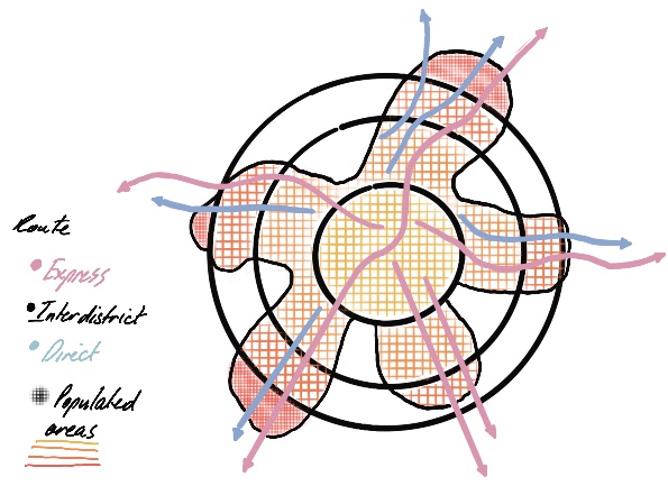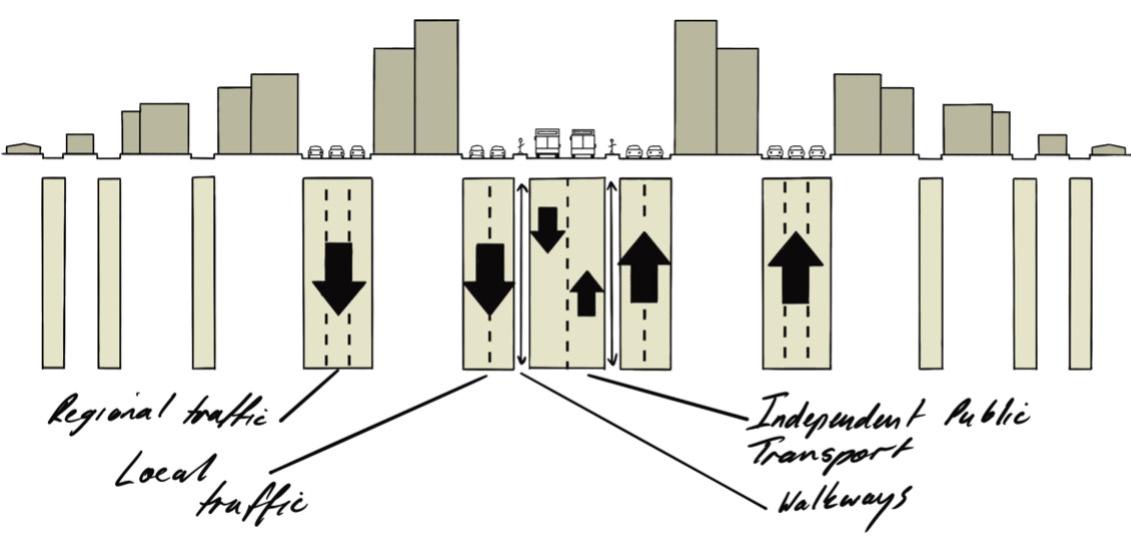
1 minute read
URBAN ACUPUNCTURE
Between 1950-1970 the population had grown from 138,000 to 583,000. With this dramatic change in population the realisation of change was noticed. Curitiba civilian military coup lasted twenty-one years between the years 1964-1985. The Curitiba master plan was initiated in 1968. The city implemented plans to create an innovative system that would create jobs, housing development, public transport and wate management. Three years later, Jamie Lerner, a known architect was appointed Mayor by the civilian military.
With Jamie Lerner as appointed Mayor, he took over the development of the master plan and integrated systems in which had elevated walkway’s function so pedestrians; wouldn’t have to climb up stairs to cross the road, he was granted appraisal from commercial offices and malls for the increase of revenues. However, the pedestrians did not want the new development to happen. As a right to the city, evolving. Passages from dwellings to infrastructure, Lerner was doing this development in the best interest of the people, “the people do not know what they want, I was sure when they see it, they will love it”. As a dictator he had the old roads and pedestrian walkways torn up, and thousands of flowers were planted over the weekend prior to any capable action to go against it.
Advertisement

After the weekend the development was complete. It was a place for disconnected communities to integrate and thrive. Not only did he improve the systems dynamic of Curitiba, but “the ones implemented in Hong Kong, Kuala Lumpur, Bangkok among others.”
There were countless benefits, including covered sky walkways pushing comfort to the community as Curitiba is south Brazil average rainfall in every two days. Preventing people from rainy weather.
Lerner took a gamble, and it paid off. With limited funding, Lerner built a cheaper intervention that radically changed travelling costs for each member of many societies. Six decades on the population of Curitiba has quintupled. Investing into the master plan now serves as a jugular system within Curitiba. Hosting part of the FIFA 2014 World Cup, it thrived as an efficient city in easy capacity. The mayorship of Lerner does and will set as a precedent for other cities around the world.










